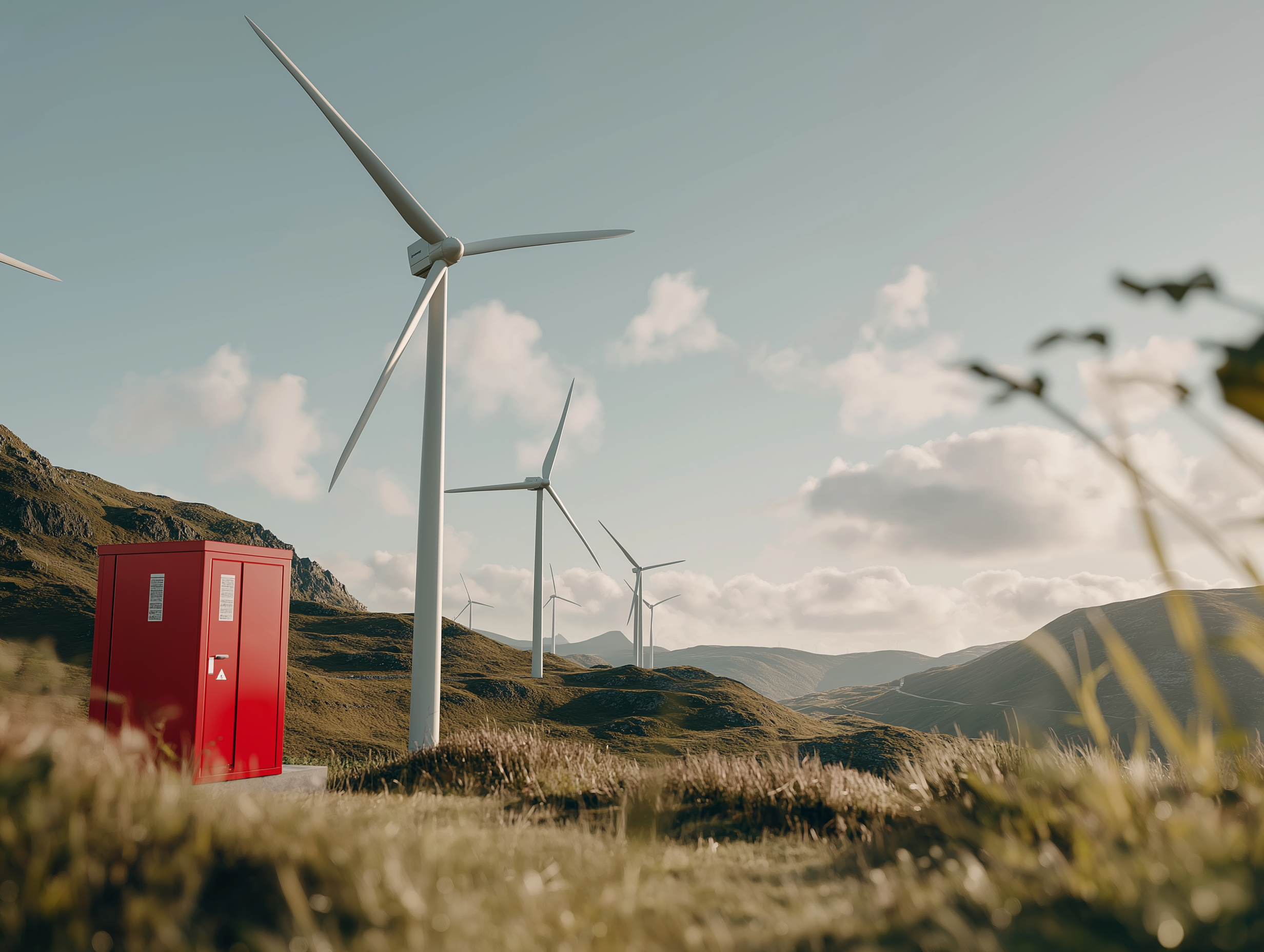
Introduction:
Stepping into the heart of 2024, the realm of product design is undergoing rapid evolution. Designers and innovators are pushing boundaries, experimenting with new technologies, and responding to the ever-changing needs and preferences of consumers. This article delves into the exciting product design trends shaping the landscape in 2024.
Sustainable Design:
The global focus on sustainability significantly influences product design trends in 2024. Designers emphasize eco-friendly materials, energy-efficient processes, and recyclability. Sustainable design aligns with environmental concerns and resonates with an increasingly conscious consumer base. Expect to see products prioritizing longevity, reusability, and minimal environmental impact.
sustainable design examples

Italian start-up High Society designed plant-based lighting from hemp, discarded tobacco, and wine pomace, offering three distinct versions.

(Bio) Degradable Denim: Crafted from 100% cotton using a microplastics-free process and plant-based compounds, this garment minimizes environmental impact and reduces toxic chemicals.
Voice and Gesture Control:
The integration of voice and gesture control in product design is becoming increasingly prevalent. With advancements in artificial intelligence and natural language processing, designers are creating products that respond to verbal commands and intuitive gestures. This hands-free approach enhances user convenience and accessibility, especially in smart home devices and consumer electronics. such as voice and gesture recognition, voice control on android, gesture and motion and voice control games

Humane's AI Pin is a wearable device that uses AI technology, sensors, and projectors to provide various features. It is a screen less device that can be worn anywhere and uses cameras, microphones, and accelerometers to provide contextual information and control other devices.
Generative AI:
In 2024, Generative AI is revolutionizing product design, collaborating with designers in real-time and elevating sustainability efforts. Mass customization sees a new zenith, allowing consumers to personalize products at scale. This year marks a paradigm shift in design exploration, as Generative AI, fueled by enhanced computational power, offers a multitude of innovative iterations, fostering a powerful synergy between human creativity and artificial intelligence.
generative AI versus AI, generative AI vs predictive AI, generative AI and chatgpt

Biophilic Design:
What is Biophilic design? Incorporates elements of nature into products and spaces, is becoming increasingly popular in 2024. This trend not only enhances aesthetics but also contributes to the overall well-being of users. Expect to see products that incorporate natural textures, colors, and patterns, bringing the outdoors inside and promoting a sense of connection to nature.

The wall structure with a self-supporting facing brick on the outside, a light timber frame on the inside, and filled with bio-based dry lime hemp without a cavity is an alternative to the traditional cavity wall.
Augmented Reality (AR) Integration:
Visualizing Complex Concepts: Visualizing intricate designs can be challenging in industries like biomedical equipment and packaging automation. With AR, engineers and designers can project virtual prototypes into the real world, simplifying complex concepts and allowing for a tangible understanding of the final product.
Uses of Augmented Reality
Interactive Prototyping: AR offers interactive prototypes. Instead of static 2D or 3D designs, designers can simulate the functions of machinery, like wrapping machinery or precision equipment, in real-world scenarios. This saves time, reduces errors, and boosts the efficiency of the design process.
Collaborative Designing: AR enables teams across different locations to collaborate in real time. Engineers in Mumbai, for instance, can work simultaneously with colleagues worldwide, inspecting designs in an augmented space, leading to improved communication and reduced development time.
Enhanced Customization: For sectors that demand customization, like packaging automation, AR can showcase various design modifications in real time, enabling clients to make informed decisions based on accurate visual representations.
Uses of Augmented Reality: gaming, product visualization, marketing campaigns, architecture and home design, education, and industrial manufacturing
Augmented reality examples:

Integrating Augmented Reality into product design and development is not merely a fleeting trend; it’s a transformative tool reshaping industries.



.avif)